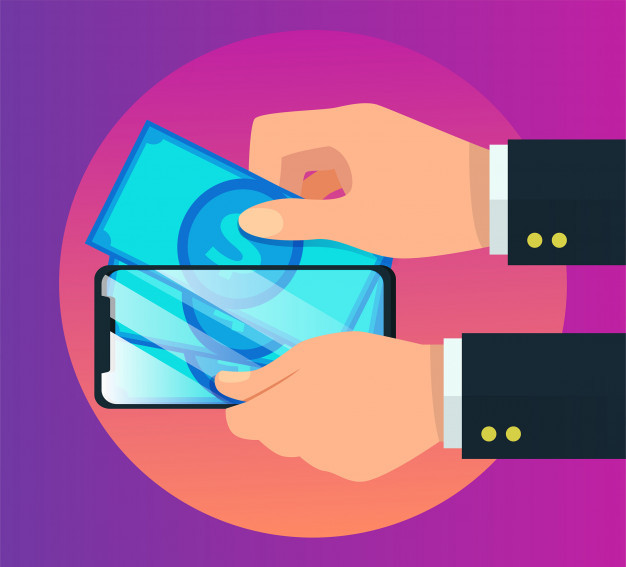
In recent years, it seems that the digital era has affected consumer behaviour more than ever. The on-demand economy is a product of many factors and the biggest one is definitely the way technology has infiltrated the consumers’ everyday lives.
The consumer today:
demands efficiency and quality of products and services,
demands a seamless and frictionless experience,
enjoys personalized offers and services and demands to be treated as a person and not as a number,
wants to interact with brands and wants brands to interact with them,
becomes more empowered thanks to the connectivity and networking,
wants to make smarter decisions, and
becomes more aware of and concerned about ethical matters.
Not all of these concepts are novel of course, but they have most certainly been amplified thanks to the technology, digital acceleration, and developments such as mobile wallets and new card solutions.
By analysing all the major factors that have an impact on the consumer of today, let’s take a look at the three major transformations occurring in the consumer behaviour patterns.
One of the processes of the consumer purchasing journey that has evolved thanks to technological advances is decision-making.
Unlike the traditional paths, today we have an additional phase of the purchasing journey. Back in 2011, Google coined the term as Zero Moment Of Truth or ZMOT which, in essence, means that the smart shopper of today turns to online reviews of products or services and conducts research prior to making any concrete purchasing decisions. Not only do shoppers turn to online reviews, but also to influencers and bloggers who have become an important link in the marketing chain.
Thanks to the internet and non-stop connectivity, consumers rely on their communities and connections and can read about other people’s experiences which helps them make smarter decisions.
This rewiring and behavioural changes are not only reserved for the generations of digital natives. On the contrary, behaviour transfers in terms of acceptance of new technology and shopping experiences take place between parents, children, and grandparents across generations.
In the past, companies were the ones who led the brand-customer dance, even though the customer has always been right.
Nowadays, however, customers have more power in their hands than ever before.
With smartphones, everything has become just a tap and a swipe away - it’s fast, instant, time- and money-saving.
The seamlessness and frictionless character of the interaction between humans and technology has an enormous effect on how customers want all their digital experiences to be like. From there, we have the evolution of the interaction with superbrands and digital-first brands on the forefront.
In the center of the on-demand economy, we have the consumers whose requests are met instantly and seamlessly, and with excellent customer service.
Companies are engaging in communication with their customers and raising the bar daily. From recommendations to things like UniCard’s co-branding prepaid card solutions, everything is personalized and designed to meet the consumer’s instant needs and hence cultivate their loyalty.
The customer expects to be treated as a premium customer and, as such and more importantly, consumers request companies to respect their privacy and take care of their data security.
Finally, what the modern shopper wants, is to be able to purchase a product or service no matter the time and place or channel while being absolutely certain about the safety of their mobile money transactions.
Developments in advertising brought by Google ads, Facebook ads, Instagram ads, Snapchat ads, developing VR ads, allow users to explore all the options at their convenience. The speed and convenience provided by the omnichannel retail gives companies an opportunity to reach customers in the right digital place, at the right time, and with a message that drives conversions.
On the other hand, we have a progression of the phenomenon called equivalent experience where a consumer expects all of their interactions to be the same as their best one across all touchpoints. Consumers are almost spoiled for choice and with alternatives just a click or a tap away, there is no room for slow loading, unresponsiveness, and similar issues that can turn the customer away from the brand for good.
There is no way of predicting how and what direction the evolution/transformation of consumer behaviour is going to take. One thing is certain and that is that technology is and will remain an essential element of change. Companies and brands will both have to stay on the consumers’ pulse and be innovative to shape the next generation’s purchasing journey.
UniCard